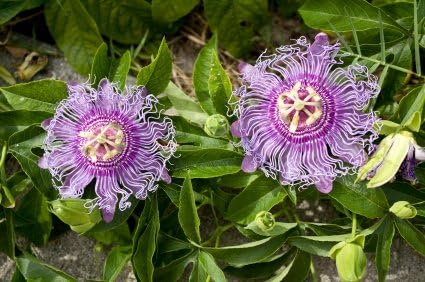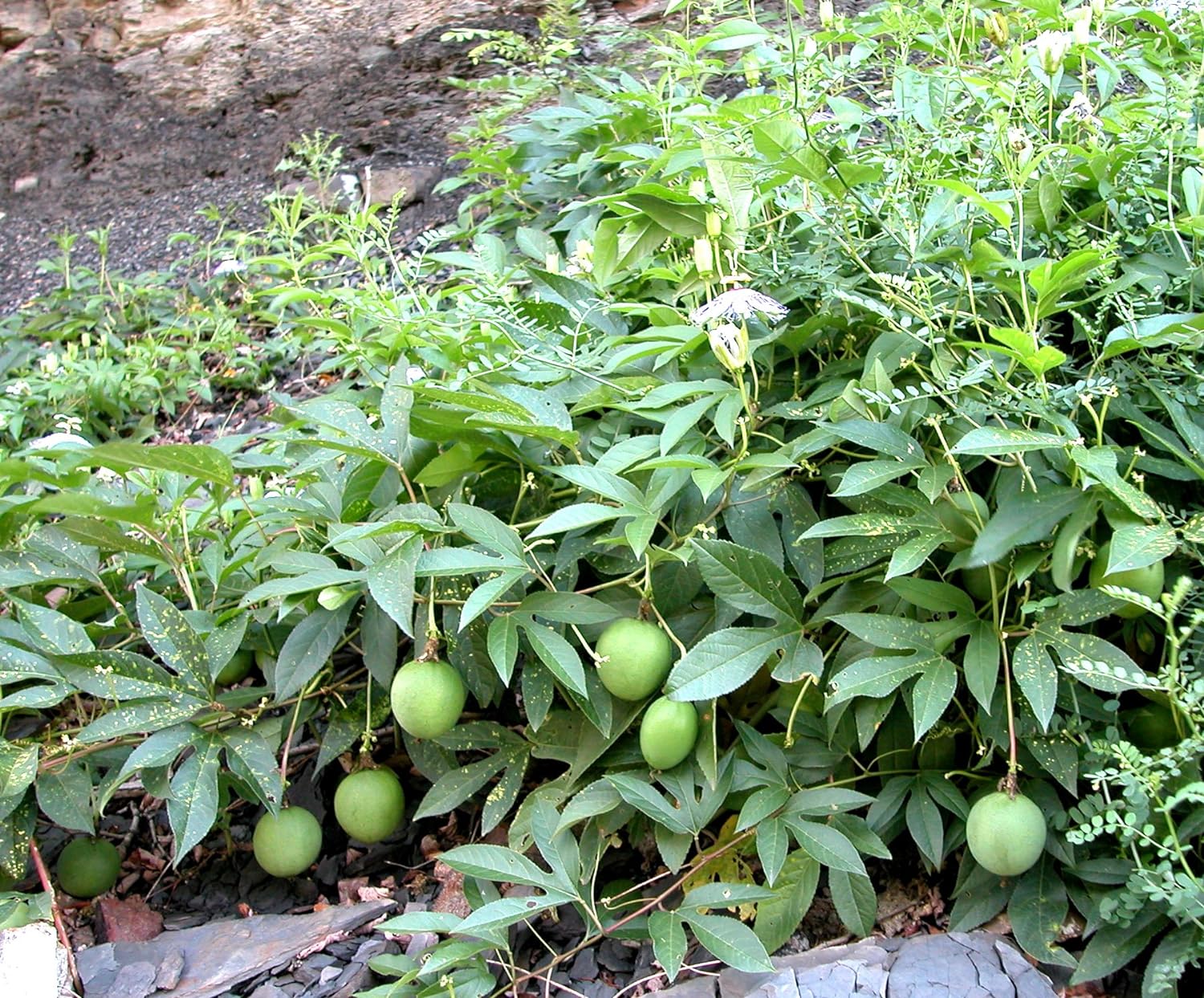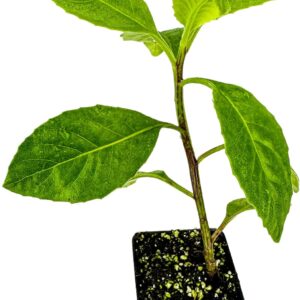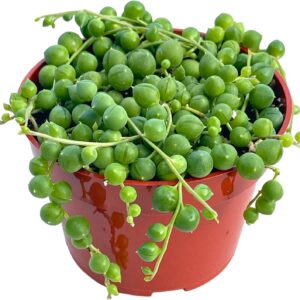Description
- Diverse Varieties for Every Garden: Passionflowers offer a rich variety of forms, from climbing vines to shrubs and even trees. Whether you’re a seasoned gardener or just starting out, there’s a perfect passionfruit for you. Choose from different growth habits, sizes, and foliage types to find the one that complements your garden style.
- Abundant Fruits for Culinary Delights: Indulge in the scrumptious flavor of passion fruit by selecting a fruiting cultivar. Not all passionflowers produce edible fruits, so pick a variety that suits your culinary aspirations. With proper care and attention, you’ll soon be harvesting your own passion fruits to infuse tropical goodness into your meals.
- Thriving in Sunny Spots: Give your Passion Fruit Plant a prime spot in your garden – a sunny area with well-drained soil is perfect. The shelter of a wall or trellis enhances its growth, allowing its vines to reach for the sun while displaying their stunning flowers and fruits.
- Captivating Blooms and Rapid Growth: Watch your Passion Fruit Plant come alive with its unique flowers that bloom from midsummer to early fall. While these intricate blooms last only a day, their beauty is unmatched. With its rapid growth rate and self-clinging tendrils, your passionfruit vine will adorn your garden with vibrant colors year after year.
- Passion fruit plants are hardier than they seem, suitable for various climates. From softwood cuttings to tip layering, propagating these plants is a breeze. Ensure they receive full sun to partial shade, well-draining soil, and regular waterings. Come winter, move potted specimens indoors or provide winter protection for your garden-planted vines.
Product Description
Give an Exotic Touch to Your Garden!
Most passionflowers are vining plants, with about 500 species and flowers that grow up to six inches across. These dazzling, vibrant plants thrive in the tropics and love to climb. They tend to live most comfortably in zones 7 and up, but some hardier varieties may tolerate zones as low as 5. Many will produce edible fruit, and some cultures even use them to make tea
Placement & Planting
Placement
The best way to provide your passionflower with the perfect place to live is on a trellis or fence. Not only are they widespread, but they’re fast growers, and can grow twenty feet in just a single season. You could also place them by a wall, where their tendrils could grip even concrete.
Planting
Use a well draining soil with an organic mulch with a mixture of bark and dead leaves. Once the plants are mature and well established, pruning may be necessary to keep them at their desired size. Remove dead foliage on a regular basis to help encourage healthy growth. For winters, the surface of the plant will die in frost, but if you apply a heavy mulch beforehand then they will bounce back in the spring. Preferably, you should transfer your passionflower indoors during winters if the weather gets too cold in your area.
Sunlight & Watering
Sunlight
They like full sun, and if indoors, place them by a south facing window. During especially hot months, then can tolerate some brief afternoon shade. If the leaves look dry and brown, then you can up the humidity by misting them or experiment by giving and taking away shade and wait to see how the plant responds. Sometimes they can get burnt, and might need some temporary relief from the heat. If so, you can relocate them to an area or introduce some covering.
Watering
For the healthiest growth, they need about two deep soakings a week. In short, that should amount to about one to two inches with no rain. Since the vines are shallow rooted, the organic mulch helps to retain moisture and keep them adequately hydrated. Keep a close eye on the plant and try to adapt to its needs; if the leaves become limp or droopy, you may be watering too much, or if too dry, they need more water, and so on.
Fertilizing
Fertilizing
For optimal flower growth, use a solid fertilizer with a ratio of 2-1-3, 4-4-4, 5-7-5. 6-6-6, or somewhere along those lower numbers with an equal balance of phosphorous, nitrogen, and potassium. Start before new growth emerges in the spring and fertilize every four weeks through to fall. Only use the recommended dosage, or a light application if necessary. Without the right nutrients, your passionflower won’t bloom at all, so the right amount of fertilizer and water is necessary.







Reviews
There are no reviews yet.